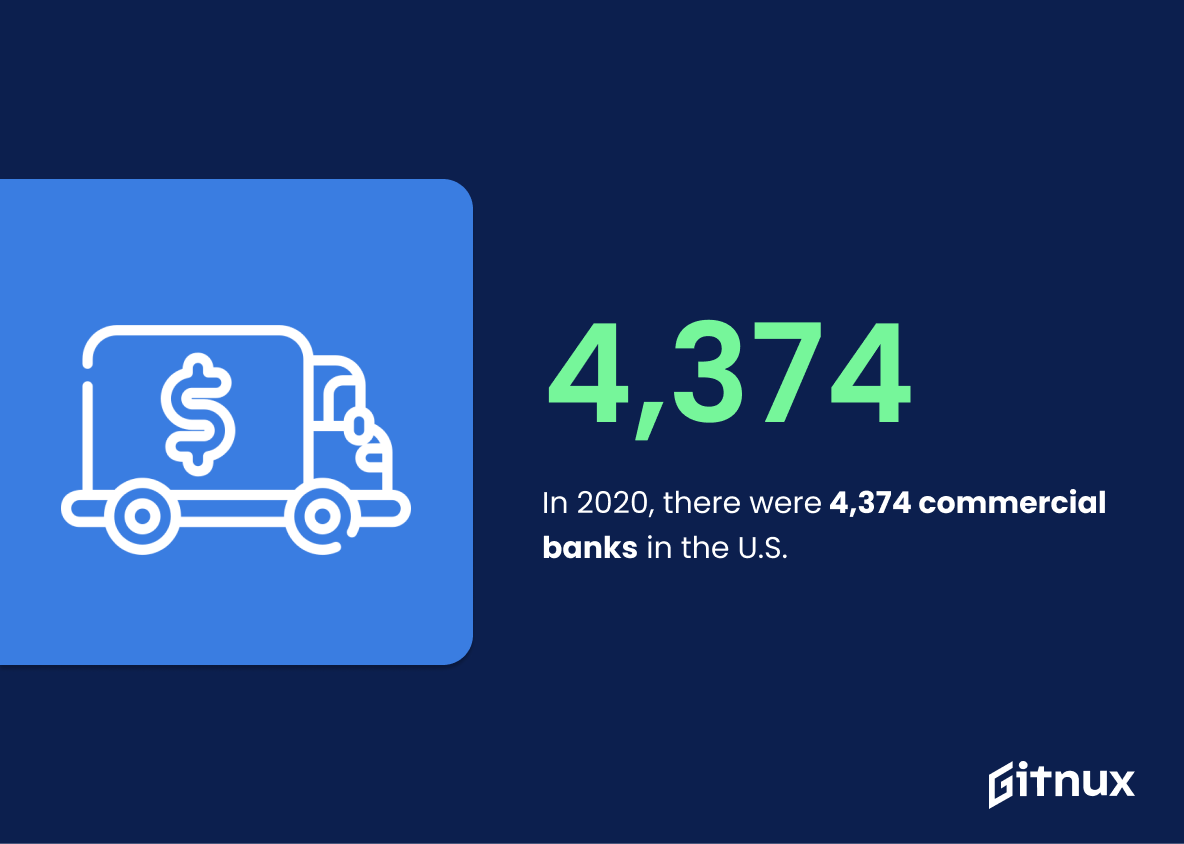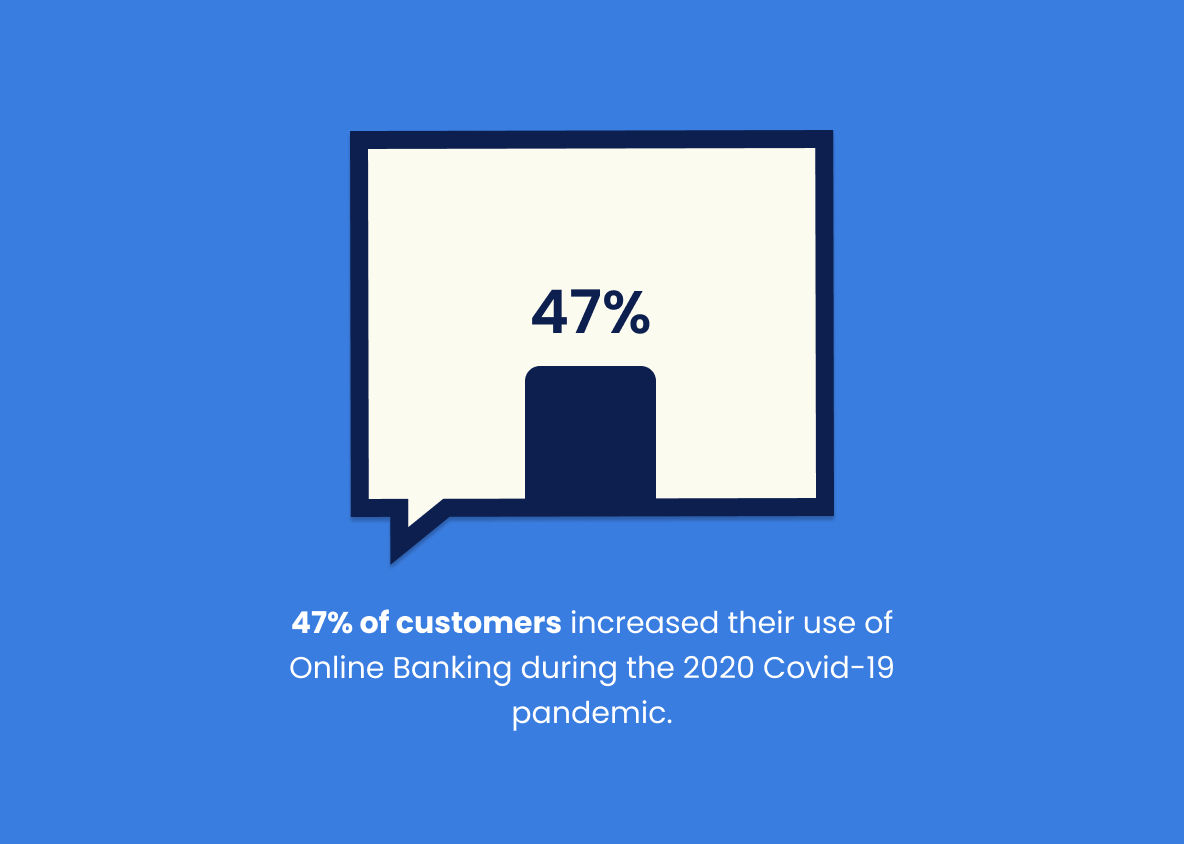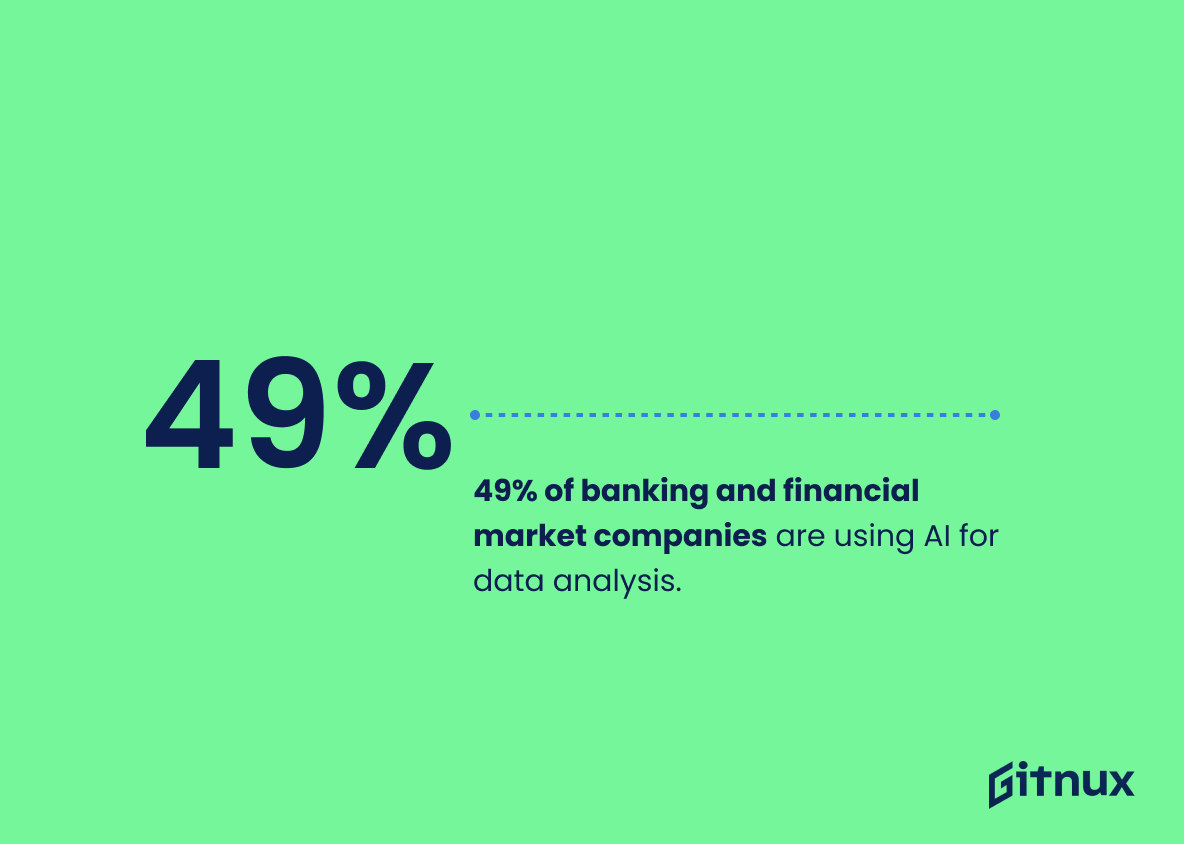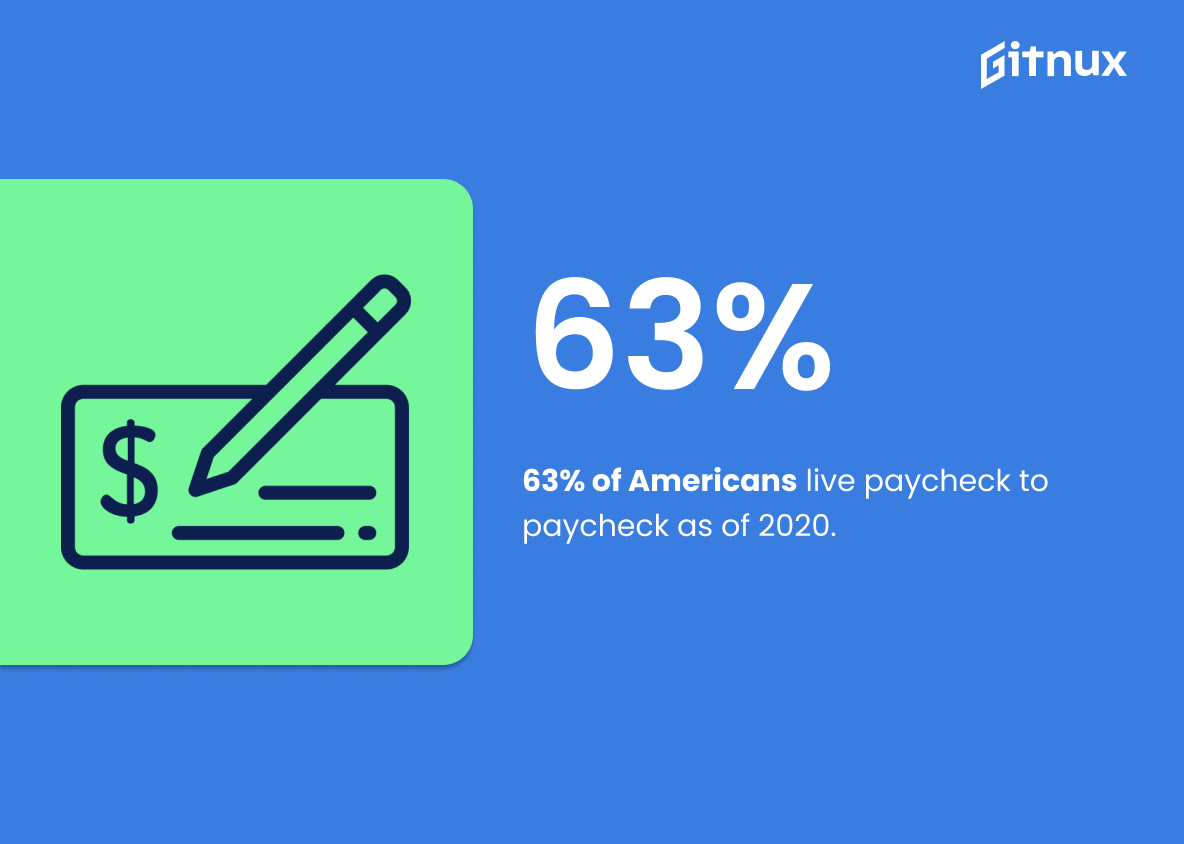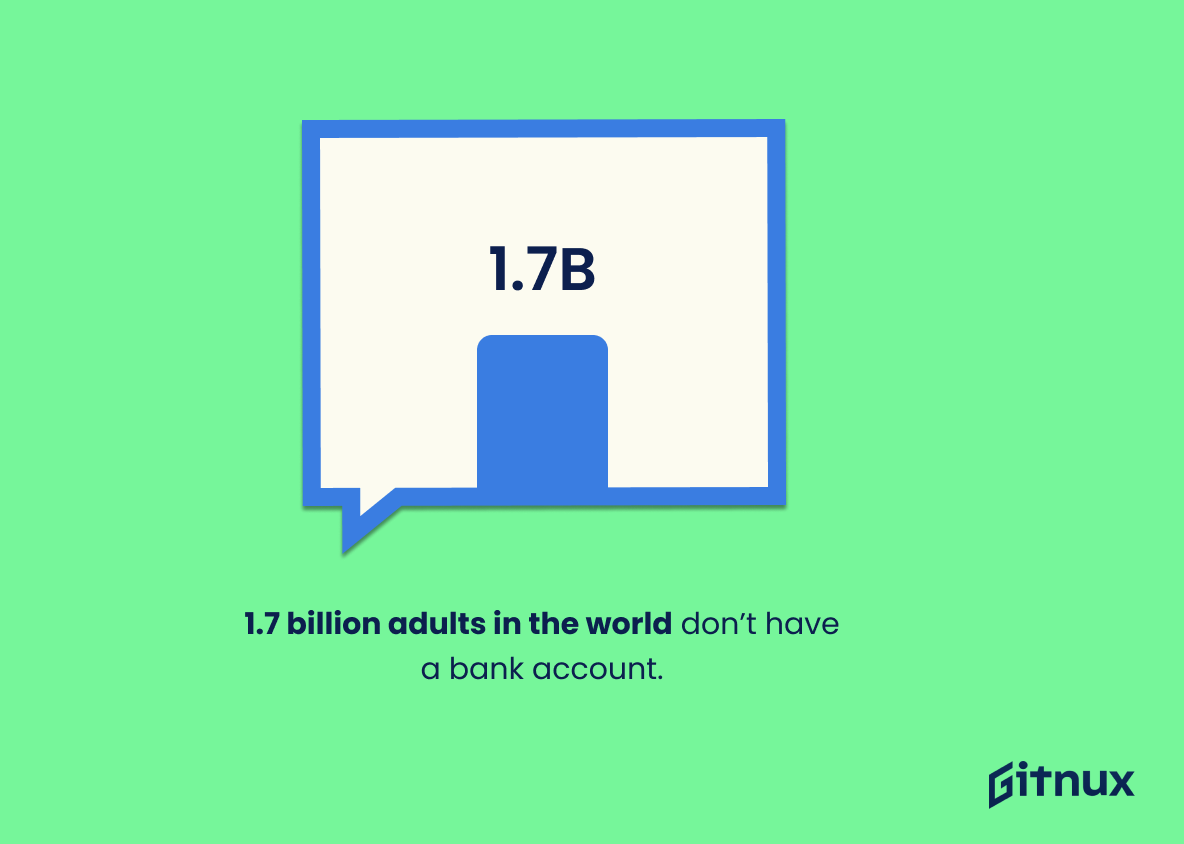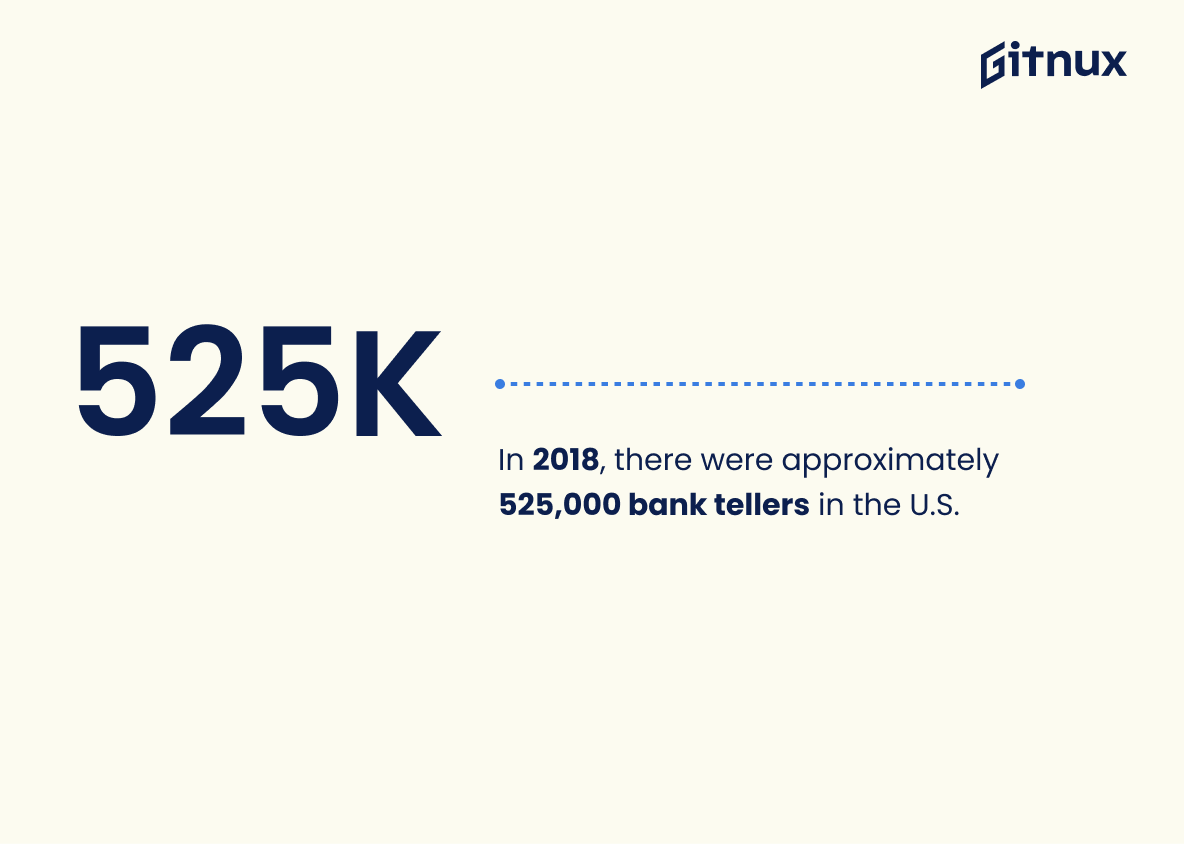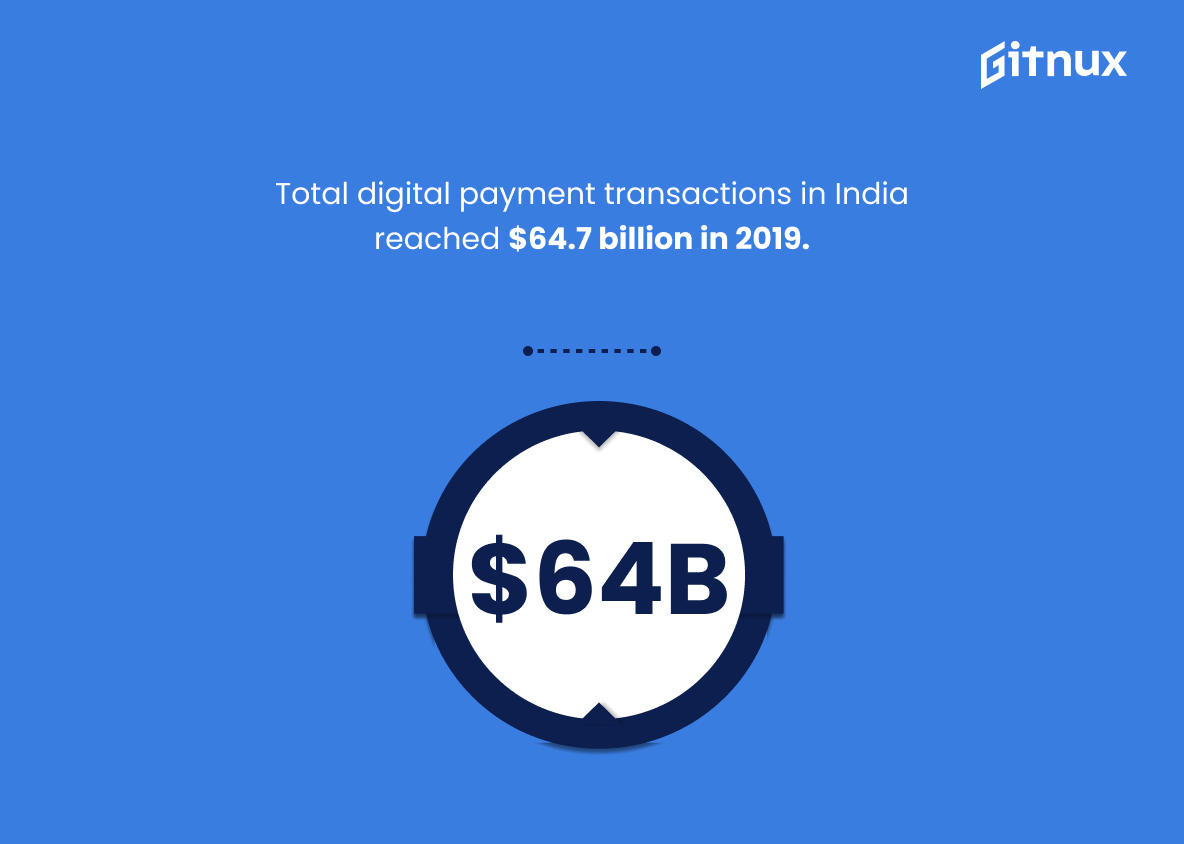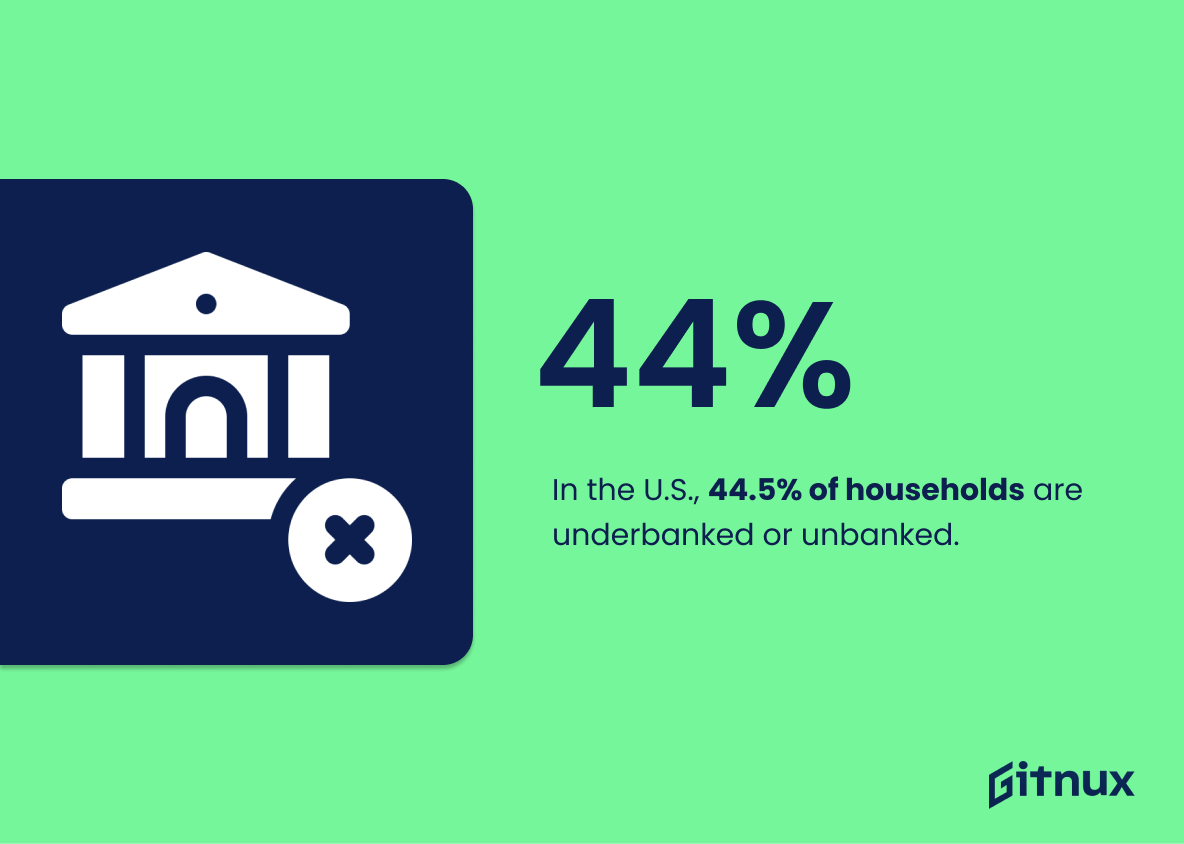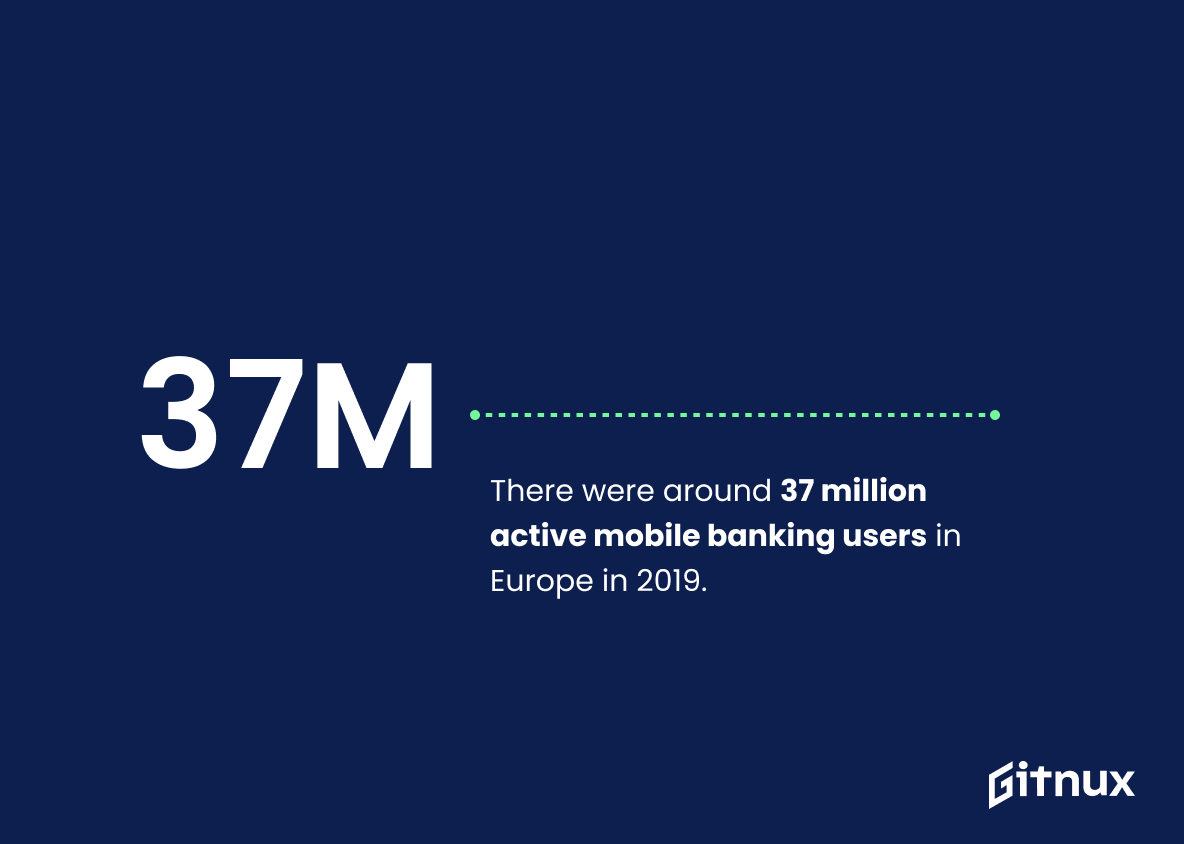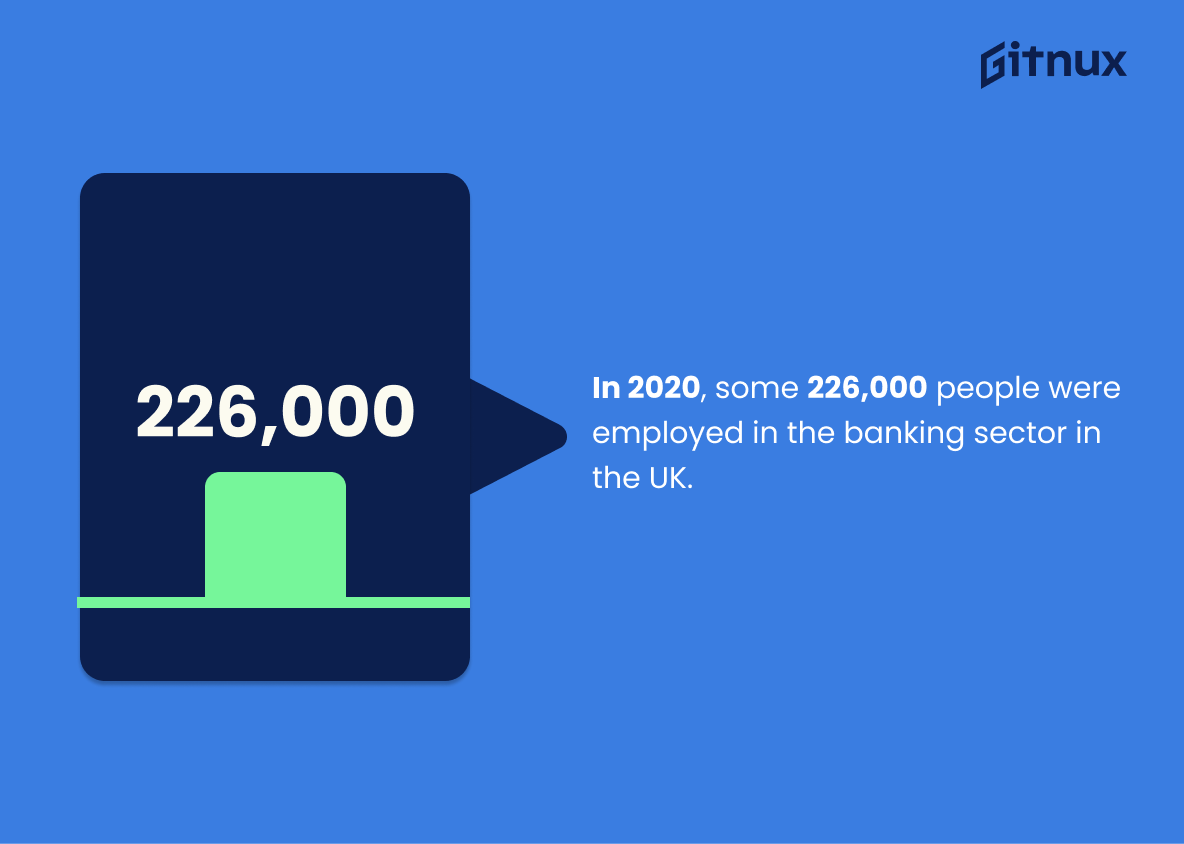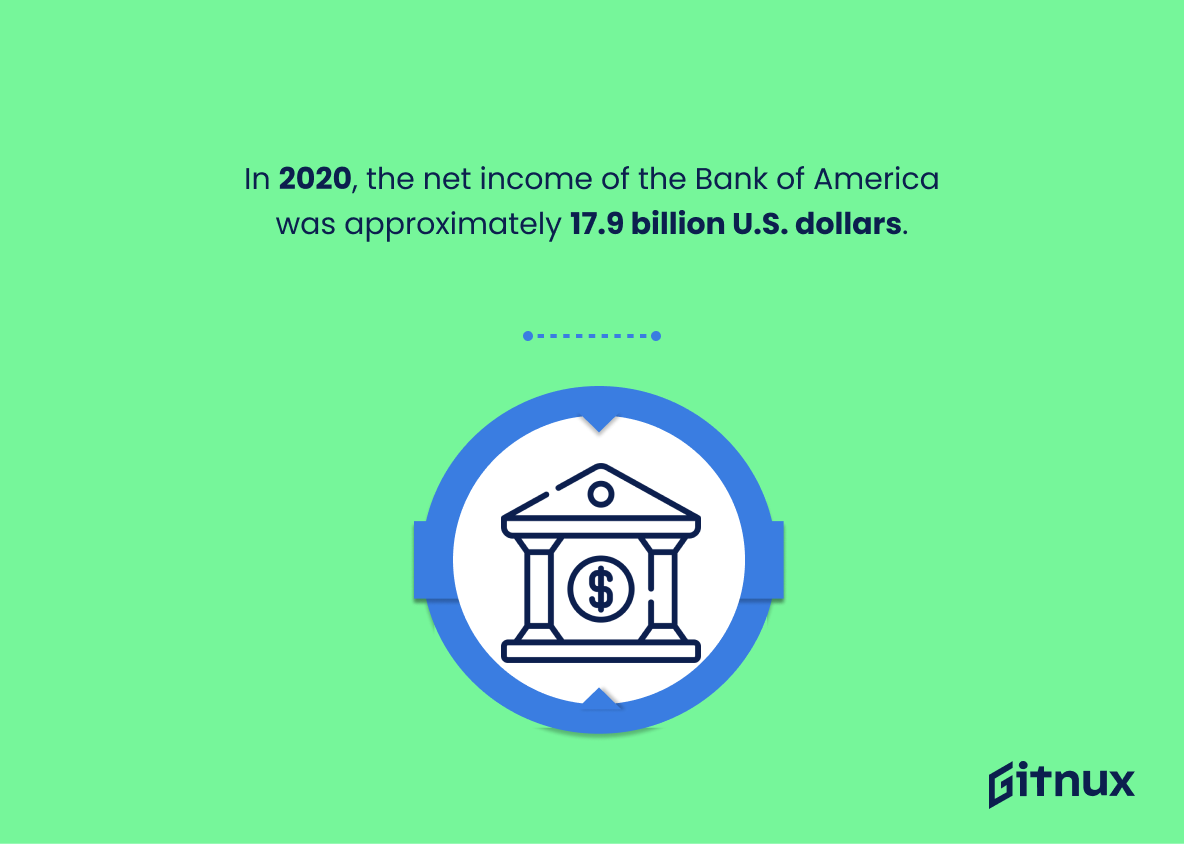Unveiling the intriguing realm of finance, we dive into the monumental world of banking statistics. This invaluable universe isn’t just filled with numbers and percentages, but it narrates stories of economic trends, financial health, and societal behaviors. It arms us with knowledge and forecasts, rationalizing every monetary flux and flow.
Whether you’re a financial enthusiast, a banking professional, or simply an intrigued reader, understanding these statistics provides a critical insight into the dynamics driving the global economy. Join us as we explore the intricate embroidery of global banking statistics, demystifying complex concepts one at a time. Buckle up for a journey to decode numbers and decipher the language of finance.
The Latest Banking Statistics Unveiled
In 2020, there were 4,374 commercial banks in the U.S.
Reflecting on the digits of the banking universe, the revelation that America boasted 4,374 commercial banks in 2020 paints a vivid picture of a substantial financial landscape. The vibrant mosaic of the American banking scene is testimony to its robust financial infrastructure. The significance of this magnitude provides crucial insights into the potential opportunities and competition within the banking sector.
Moreover, it underscores the accessibility and diversity of banking services, offering readers a vital and tangible touchstone in understanding the dynamism of banking in the U.S. Striking a deeper perspective, it also provokes an analysis of the degree of consolidation in the industry, the evolving customer preferences and the impacts of emerging technologies on banking operations. Overall, it paves an analytical pathway leading to a precise understanding of the U.S. banking environment.
47% of customers increased their use of Online Banking during the 2020 Covid-19 pandemic.
Diving into the ocean of banking statistics reveals an interesting pearl; a notable percentage of 47% of customers amplified their usage of online banking during the 2020 Covid-19 pandemic. This information serves as a testament to the dramatic digital shift in banking habits. As the world was constrained by social-distancing measures, online banking emerged as a beacon of convenience and safety for many.
The importance of this figure isn’t to be underestimated. It not only highlights the profound impact of global events like the pandemic on day-to-day activities but also points towards the responsiveness and adaptability of the banking sector to cater to changing customer needs. Furthermore, this suggests a promising roadmap for banks to continue enhancing their digital services to retain the surge of online users. Thus, this statistic embellishes not just our understanding of the current financial landscape, but also helps in forecasting the future evolution of banking dynamics.
49% of banking and financial market companies are using AI for data analysis.
When delving into the world of Banking Statistics, it’s impossible to ignore the significant impact of artificial intelligence. Nearly half of all banking and financial market companies are turning to AI for data analysis, showcasing a seismic shift in the industry’s approach to information processing.
This insight opens a window into the tech-based strategies in banking today, illuminating the growing dependence on automated data analysis for enhancing efficiency, improving risk assessments and decision-making. Witnessing almost 50% adoption, it’s clear that AI is no longer just an optional tool, it has transformed into a vital part of the financial ecosystem aiming to stay ahead in the cutthroat competition.
Global mobile banking users are predicted to exceed 3.6 billion by 2024.
Interpreting the anticipated swell in global mobile banking users, projected to skyrocket beyond 3.6 billion by 2024, can serve as a numerical discourse in digital transformation within the banking industry. It underlines a paradigm shift away from traditional branch-based banking towards digital platforms, especially mobile ones, illustrating an evolving consumer behavior.
This magnitude of the anticipated upswing reflects the demand and essentials for banks to implement, improve, or innovatively revolutionise their mobile banking services. Such a seismic shift could influence competitive landscapes, drive investment decisions, and even dictate regulatory policies. Hence, this powerful prophecy brings the future of banking at the palm of our hands.
In 2019, banking organizations represented 16.2% of the total digital ad spending in the U.S.
Diving right into the digital realm, the intriguing statistic unveils an amazing trajectory of banking organizations in 2019. They planted a firm foot in the digital arena, accounting for 16.2% of total digital ad spending in the U.S. What does this signify in the world of banking statistics? A great deal.
Firstly, it exudes the increasing digitalization and modernization in the banking sector, as they quite literally ‘invest’ in their digital presence. The impressive 16.2% is not a meager figure, pointing towards the aggressive and strategic move towards capturing digital audience and platform.
Furthermore, such a striking statistic highlights the shift in advertising paradigm in the banking sectors, underscoring their effort to reach out to modern consumers who are spending most of their time online. The unprecedented 16.2% spending in digital ads reflects banking organizations’ embracement of inbound marketing, emphasizing on attracting customers through valuable online content, blogs, and social media.
In essence, this data presents an exciting narrative of digital transformation in the banking field, providing an insightful peek into the future trajectory of this sector, as technology continues to reshape it.
63% of Americans live paycheck to paycheck as of 2020.
Unraveling this striking statistic- that 63% of Americans live paycheck to paycheck as of 2020, it’s easy to appreciate its hefty influence on economic conditions, behavioral trends and financial planning. This statistic underscores a haunting reality of the modern-day American financial landscape, providing banking and financial organizations, among others, with critical insights.
In a blog post centered on banking statistics, this percentage can serve as a litmus test for understanding changing financial behavior trends, the level of financial literacy, the extent of financial resiliency, and the demand for banking services. It underlines the inevitability of robust and affordable banking solutions designed to improve savings and financial independence.
Furthermore, this statistic also pinpoints the urgency for user-friendly financial tools that aid more Americans not just in managing their finances, but also carving their path out of the paycheck to paycheck cycle. Talespinning around the narrative of this statistic, it provides a sturdy foundation for discussions, reflections, and strategies in the finance and banking sector.
1.7 billion adults in the world don’t have a bank account.
Reflecting on a world where 1.7 billion adults remain unbanked, one can envision a vast sea of untapped potential within the canvas of banking statistics. In the broader landscape of financial services, these numbers not only underline a critical hurdle but likewise they echo immense opportunities. It emphasizes the necessity to develop groundwork for financial inclusion globally, however, it also signifies a prosperous and virgin market waiting for innovative banking solutions.
Key players in the financial industry who strategically responds to this demographic could potentially revolutionize the landscape of global banking, making the statistic a beacon for revolution in the banking exploration.
In 2018, there were approximately 525,000 bank tellers in the U.S.
The illumination of the fact that, in 2018, approximately 525,000 individuals were serving as bank tellers across the United States sets an intriguing stage for the exploration of the banking industry dynamics. The magnitude of this figure provides a thought-provoking snapshot of the human aspect of banking, underlining its critical dependency on personnel.
It underscores the role of humans in an industry often perceived as ruled by numbers and machines. Such an insight could fuel further investigation into the intersection of manpower, customer service, and the advent of digital banking, making it a significant statistic for any discourse on banking trends and transformations.
Global investment in financial technology increased more than 2,200% from $930 million in 2008 to more than $22 billion in 2015.
Series of numbers often present an untold story awaiting to be unveiled. To the unseeing eye, the increase in global investment in financial technology from a bantam $930 million in 2008 to a gargantuan sum of over $22 billion in 2015 appears as mere data. However, a deep dive unveils a saga of revolution sweeping across the banking industry. This immense surge is illustrative of the banking sector’s shifting gears rapidly towards digital transformation, carving a new avenue for investments.
What’s more, this remarkable rise starkly indicates the burgeoning confidence of investors in financial technology. It serves as a testament to how technological advancements are being embraced in banking, thereby planting seeds for innovation-driven growth and profitability. Deep beneath these numbers rests the implications – faster and seamless transactions, enhanced customer experience, and more efficient risk management.
In a nutshell, this powerful statistic paints a vibrant picture of a burgeoning intersection between finance and technology. A trend once whispered in hushed tones has now become a resounding cheer, echoing the potential, reach, and indispensability of financial technology in the banking sector. No longer is banking defined by brick-and-mortar branches; the thriving fintech investments underscore technology as the banking industry’s new backbone.
Total digital payment transactions in India reached $64.7 billion in 2019.
Highlighting the grand milestone of India’s total digital payments hitting an impressive $64.7 billion in 2019 casts a bright spotlight on the accelerating pace of digital transformation in the banking sector. This pulsating number is a testament to the swift adoption of cashless transactions, symbolizing the growing trust and convenience experienced by consumers in the realm of digital banking.
This vibrant statistic fuels deeper discussions around the seismic shifts happening in financial technology and solidifies an understanding of how technology is reshaping banking behaviors, operations, and horizons, not just in India, but potentially inspiring similar trends globally.
In the U.S., 44.5% of households are underbanked or unbanked.
Peek behind the curtain of the American Dream and you’ll be met with a somber reality; nearly 44.5% of U.S. households are underbanked or unbanked. This figure is far more than just a statistical data point in a banking report; it paints a vivid picture of financial exclusion that looms large in the grand American narrative.
From the bustling alleys of Wall Street to the tranquil suburbs, it’s a reality that threads its way through every socioeconomic stratum. Imagine having no safe haven for your hard-earned paychecks, falling prey to the uncertainties of storing cash at home, or getting ensnared in a cycle of high-fee services such as check-cashing and payday loans. That’s what it feels like to be unbanked.
Meanwhile, those considered underbanked still have bank accounts, but must resort to the same alternative financial services due to inadequate traditional banking services. The existence of this sizable portion of households, not fully leveraging banking services, signals an urgent gap that must be met with innovative financial solutions.
So, dear readers, as we delve deeper into our blog post about baking stats, let’s keep this disheartening 44.5% figure in mind. It is not just a statistic but a call to action for the banking industry and regulators to foster an environment for financial inclusion and security. This statistic underscores the importance of making strides towards reducing this percentage; a responsible pathway for prudent financial growth and empowerment for all.
The banking sector in India is expected to become the world’s third-largest by 2025.
Undeniably, the projected ascension of India’s banking sector to the world’s third-largest by 2025 holds immense significance in a discussion around banking statistics. Notably, it illuminates the remarkable growth trajectory and robust health of the Indian banking industry, which is fueled by a potent mix of expanding digital networks, favorable government policies, and a young, financially-inclusive population. Furthermore, it underpins the sector’s resiliency despite global economic shocks.
This forecast positions India as a notable player in the global financial landscape, demonstrating its potential to become an attractive destination for international banking investments. Therefore, keeping an eye on such groundbreaking statistics while sifting through banking trends can provide valuable insights into the future of the banking world.
There were around 37 million active mobile banking users in Europe in 2019.
In a world where technology reigns supreme, the noteworthy surge to around 37 million active mobile banking users in Europe in 2019 offers a vivid snapshot of this digital drift in the banking sector. It underscores the adaptive responses of banking institutions to this dynamic environment and provides compelling evidence of the increasing reliance of Europeans on their smartphones for banking needs.
This number not only spotlights the extent of technological penetration in traditional banking but also sets a lucid benchmark for comparisons and future projections. Undeniably, this statistic acts as a pulsating heartbeat in any discourse about Banking Statistics, reflecting the rapidly evolving expectations of customers and the continuous transformation of the banking landscape towards online and mobile platforms.
In 2020, some 226,000 people were employed in the banking sector in the UK.
This vibrant number illustrates an economic powerhouse in action: the UK banking sector employed a stunning 226,000 individuals in 2020. This figure shines a light on the significance of the banking sector in generating employment opportunities, directly contributing to the workforce’s stability.
It is an eloquent testament to the industry’s socio-economic vitality – each member of the 226,000 employees means a livelihood supported, an entrepreneurial spirit stimulated and a family that benefits. A blog post dissecting Banking Statistics would unquestionably be incomplete without acknowledging the sector’s job creation capacity represented by this number.
In 2020, the net income of the Bank of America was approximately 17.9 billion U.S. dollars.
Understanding this figure illuminates the financial strength and stability of the Bank of America in a tumultuous year marked by global economic challenges. Knowing the net income provides an insight into the bank’s profitability, indicating that despite the adverse impact of the 2020 pandemic, the bank managed to generate substantial revenue.
In the larger framework of banking statistics, this number acts as a benchmark for other banks, while revealing a more holistic picture of the banking industry’s resilience amidst a challenging economic landscape. In the mosaic of banking statistics, this detail is essentially a vital piece allowing us to see the big picture.
The big four banks in Australia hold approximately 79.2% of the market share as of 2021.
Viewing the financial landscape through the lens of this statistic underscores the formidable dominance of the ‘Big Four’ banks in Australia. Charting at a staggering 79.2% of the market share as of 2021, the grip they exercise on the industry is made crystal clear. This overwhelming command makes the banking arena in Australia feel less like a chorus and more like a solo act, where smaller competitors face a colossal challenge in vying for significant market space.
For our readers entrenched in banking statistics, this aggrandizing figure not only highlights the current monopoly but also sets the stage for exploring myriad implications – from reduced competition and its consequences, to the observance of trends that might lead to potential shifts, to customer experiences and their level of satisfaction.
Conclusion
In a world rapidly moving towards digital platforms, banking statistics emphasize the relentless growth of online and mobile banking. These statistics involve a wealth of information including consumer behavior, account usage, and banking preferences which can aid financial institutions in designing their services for optimum results. Appreciating these statistics is inevitable for better consumer relations, competitive advantage, and driving profitability.
Further, it underlines the importance of innovative banking solutions, cybersecurity, and excellent customer service. However, it is essential to remember that these figures are continually evolving, reflecting changing consumer habits and disruptive technological advancements. Thus, staying attuned with the current banking statistics is crucial in ensuring durable success in the ever-adaptive banking industry.
References
0. – https://www.www.pwc.com
1. – https://www.www.statista.com
2. – https://www.www.bls.gov
3. – https://www.www.cnbc.com
4. – https://www.juniperresearch.com
5. – https://www.builtin.com
6. – https://www.globalfindex.worldbank.org
7. – https://www.www.fdic.gov
8. – https://www.www.emarketer.com
9. – https://www.www.fintechnews.org
10. – https://www.www.ibef.org
